The Old Testament’s witness to the Messiah remains a contested issue. At the heart of the debate are the differences in the contextual interpretations of the two testaments. A section of theologians argues Mosaic Law binds the Old Testament, for which reason its interpretations do not bear any correspondence to the Messianic age. In stark contrast are the theological opinions linking the Old Testament with prophecies of an eschatological Messiah. The latter school of thought perceives God’s work of salvation as a strategy that works through space and time, whereby different prophecies are set on different historical settings but fulfilled in different timelines in the future. On this account, some prophecies predict a God-sent king, who, in his uniqueness and Davidic dynasty, will bring glory to Israel. This discussion traces the Messianic vision to the Garden of Eden, where prophecy unveils that the seed of the woman shall bring forth a ruler to break the spell of sin. Thereafter, the article builds on a dynasty of David from where a king will rise to liberate all Israel from all bondage. The discussion closes by analyzing the person and role of the Messiah as prophesied by prophet Isaiah.
The Pentateuch
The OT prophecies about the Messiah in the book of Genesis do not single out a specific ruler. The dominant expectation in the book is that of an offspring of a woman, who will rise and lead Adam’s generation to victory. The Messianic vision is attributed to the seed of the woman (Gen 3: 15). The continuity of this anticipation becomes more defined as the Pentateuch progresses, and it becomes apparent that the collective offspring of Jacob will give rise to kings in the lineage of Judah. These kings will be pivotal to the realization of the Messianic victory. There is a great deal of consistency in this portrayal because several dynasties rose and disappeared in the Northern Kingdom while King David’s dynasty continued ruling over Judah for centuries until the Babylon conquest. Then from that very dynasty arose a renewed reign that continued the dynasty on spiritual dimensions. It implies that the Pentateuch had predicted how the leadership of Israel would unfold even before the ultimate reign of the Messiah.
Other than Genesis, different passages in the rest of the Pentateuch predict the coming of a single ruler. For instance, in numbers, Moses writes:
I see him, but not now; I behold him, but not near: A star shall come out of Jacob, and a scepter shall rise out of Israel; it shall crush the forehead of Moab and break down all the sons of Sheth. Edom shall be dispossessed; Seir also, his enemies, shall be disposed of. Israel is doing valiantly. And one from Jacob shall exercise dominion and destroy the survivors of cities. (Num 24: 17-19).
The cosmic nature of this prophecy, coupled with the specific setting in which the prophecy was made, may obscure its meaning. However, there remains the possibility that the passage foreshadows a greater display of authority that will not have been seen in the generations that precede its unveiling. This authority foreshadows the reign of the Messiah.
David’s Lineage
The Messianic was also built upon the Old Testament prophecies that attributed the origins of the Messiah to the Davidic dynasty. When David seeks to establish a royal dynasty in Israel through his offspring, God makes a covenant with David to preserve that dynasty forever. However, while God’s commitment to the Davidic dynasty serves to keep the lineage intact, he is forced to punish the kings for their disregard of the Mosaic Law. It is on the grounds of these punishments that the dynasty ends following the Babylonian annex. However, God’s commitment to King David is that He would establish on him an everlasting Dynasty. So, while the Davidic kingship seems to cease when Babylonians conquer Israel, hope abounds that from David’s bloodline will spring an eternal of Israel.
Isaiah then brings a Davidic hope, prophesying that God will raise “a shoot from the stump of Jesse.” This prophecy hints at the new dawn to the Davidic dynasty the Babylonians had chopped that down. The new king from the Davidic dynasty would be set apart from his predecessors because he would reign. However, a mortal human being cannot rule forever. Therefore, the concept of ‘forever’ applies to spiritual matters. It is plausible that Isaiah’s reiteration of an eternal rule of the Messiah implied a Messianic kingdom that resonates with spirituality. Prophet Jeremiah also seen the spiritual aspect in the king’s description terming him as “Lord our righteousness.” (Jer 23: 6).
The Messianic hope presented through the Davidic dynasty reveals the Messiah would be a spiritual king. He will bring his people to righteousness, which reflects God’s redemptive power. The Davidic dynasty carries a continuous story of the Old Testament’s prediction of the Messiah. The expectations about Messiah that link to the Davidic dynasty are not exhaustive of what the Old Testament has to say about Jesus. It is just a single indicator among the many prophecies that point to the coming existence of Jesus Christ.
One area of concern regarding the Davidic associations with Messiah is on the person of Jesus Christ and his destiny. The Jewish interpretation of the Davidic Lineage built an expectation of an earthly king who would liberate Israel from the Roman conquest. Yet, prophecies show the king will establish a kingdom of righteousness by liberating the people from the bondage of sin. It is a central prophecy made by Isaiah when he writes the servant will bring salvation to the people (Isa: 52: 10).
Isaiah’s Prediction of the Person of Messiah and his Destiny
The book of Isaiah is among the many Old Testament books that were set in a unique setting while predicting the events in another. Isaiah made predictions of an eschatological Messiah under the theme of ‘The Servant of the Lord.’ Shall be four different passages in the book of Isaiah that differentiate the servant of the Lord. He makes the first two references in Isa. 42: 1-6 and 49: 1-3. He further mentions of the servant of the Lord in 50: 4-9 and 52: 13-53:12. Each of the passages builds off each other to create a complete picture of the Messianic role of the servant who, in order to save the people, must bear the burdens of their sins. Isaiah begins by establishing the mission of the servant (Isa 42: 1-6). With Isaiah as the mouthpiece, the speaker in verses 1-4 is God. It is God who designates the Messianic roles to the servant. One thing that becomes clear is the endowments of the servant with the spirit that will enable him to fulfill the demanding mission of being a fountain of Justice to all nations of the world.
The second passage highlights the obstacles awaiting the servant (Isa 49: 1-13). This passage is confusing at first reading because a shallow interpretation of the verse can lead to the understanding that the servant being described is Israel. However, that the servant is also assigned bringing Israel back to its God (Isa 49: 5) implies that the servant is an individual with the task to collect the Israelites under one identity, and not Israel itself. Up to this point, this second passage is expansive enough to include the role of the prophet Isaiah and that of the Messiah.
Then in the subsequent passages, the oracle reveals the servant will be condemned to afflictions (Isa 50: 4-9) and that the suffering will lead to his death (Isa 52-53). The unveiling of the actual identity of the servant as the Messiah builds from verse 13. Isa 52: 13 describes the exaltation of the servant, verse 14 on his unwarranted humiliation, and 15 on his impactful presence in the entire world. The elaborations of his supernatural preeminence are further highlighted in chapter 13. The chapter describes the servant’s ironic coming, humiliation, and suffering and his exaltation.
Still, there must be a distinction between the servant and any ordinary prophet for him to qualify as Messiah. This is where chapter 53 plays a significant role. In this chapter, the servant is likened to the arm of the Lord (Isa 53: 1), which can be understood by reviewing other portrayals of this arm elsewhere in Isaiah. Isa 40: 10 provides that the arm is seen to rule in the place of God. The arm will also be a source of trust for the Gentiles (Isa 51: 5), which as a result, will render the arm a redeemer (Isa 51: 9) and someone to provide salvation to the people (52: 10). These are consistent with the expectations of the true Messiah, implying that the servant being described is the Messiah.
It is noteworthy that Isa 50: 4-9 depicts the Messiah as afflicted without highlighting the reasons behind his suffering. However, in Isa 53, the reasons for the afflictions are mentioned. The prophet notes the Messiah would be wounded for the transgressions of Israel and be bruised for the iniquities of the people. This shows that the Messiah will end up as the sacrifice for the wrongdoings of the people, saving them from all iniquity and establishing an everlasting spiritual kingdom of righteous people.
Conclusion
In sum, a collection of verses in the Old Testament challenges the general perception that the Old Testament is focused on the Mosaic Law. A deeper analysis of these verses and how they relate with each other set forth a consistent, sweeping vision of the Messiah. Each of the many verses that bear the prophecies of Israel’s savior contributes to the bigger picture of who Messiah ought to be.
The Old Testament’s witness to Christ as the Messiah stretches from the Pentateuch to Malachi. Right after the fall of man, God promised that the seed of a woman would destroy the serpent. Humanity had just fallen victim to Satan’s deception by partaking in the deadly fruit that brings forth the knowledge of good and evil. Humanity was already enslaved in sin under heeding to Satan’s deception. Several millenniums later, Isaiah continued the prophecy of the seed of woman by proclaiming that a virgin would deliver a son named Immanuel (Isa: 714). Immanuel would restore victory to Ephraim if ‘the land of the two kings that Israel dreads will be laid to waste’ (Isa 7: 16). These verses reinforce each other in supporting the OT prophecies about the Messiah.
OT themes such as the Davidic dynasty and the suffering servant further add details to the prophecies about the origin, personality, purpose, and destiny of the Messiah. Messiah would spring from the Davidic dynasty and lead a life of suffering and dejection in the quest to bear the transgressions of humanity. The intertextuality of selected OT passages sets a rich ground for understanding the OT witness about the Messiah. When the different small prophecies that were written in different historical settings merge, the Old Testament is indeed a coherent literary work, inspired to reveal the intrinsic glory of the Messiah.


Leave a Reply
You must be logged in to post a comment.